St. Hormisdas (514-523) 53rd Pope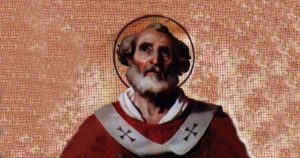
He was a widower before he went into major orders
His son Silverius would later some day be pope
The Acacian schism at long last ended
The eastern bishops accepted the council of Chalcedon and the authority of Rome in matters of faith
During this time St. Benedict founded the Benedictine Order
He decreed that the office of bishop not bestowed with privilege
St. John I (523-526) 54th Pope
He inherited a church at peace
The emperor turned over the Arian churches to the Catholics. The emperor ordered all the Arian Goths to convert
The papacy and empire were now closely aligned
He crowned the emperor
He was the first pope to go to Constantinople
St. Felix (526-530) 55th Pope
Pelagianim had been defeated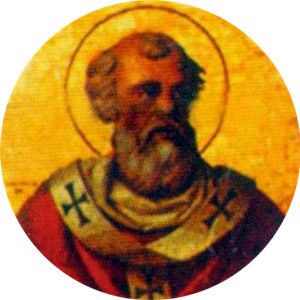
A moderated form (semi-Pelagianism) had become popular in southern Gaul. This was condemned by the pope
He approved the local council of Orange which explained Original Sin and condemned Pelagianism
The new emperor intended to reconquer the West from the barbarians. The next several pontificates would be deeply affected by this-for good or bad
The emperor’s political needs tended to compete with his religious aspirations
Owing to the papacy’s interest in doctrinal orthodoxy regardless of political result, conflict would be inevitable
The emperor at times favored compromise that successive popes found intolerable
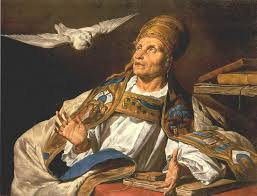
St. Boniface II (530-532) 56th Pope
The old Roman families who had produced the many popes were in decline
The priest were divided into factions
Thus set the stage for the first pope of Germanic origin, considered by some as a “barbarous foreigner”
The majority of the Roman clergy refused to accept Boniface. They elected an anti-pope Dioscurus.
After Dioscurus died, Boniface was accepted by all
He dealt with matters of whether or not appointing papal successors. This was later rejected
He approved the second council of Orange which condemned semi-Pelagianism
John II (533-535) 57th Pope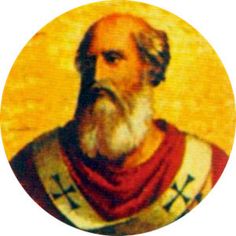
Problems appeared with the process of appointing papal successors. Simony and promising of votes were outlawed
His original name was Projectus, a pagan god’s name. He was the first pope to change his name
Another dispute over the Trinity had broken out in the East. He settled this matter
He solved some jurisdictional problems in southern Gaul
The emperor invaded Africa, defeating the Vandals. The Church was freed from persecution
The pope was recognized as head of the bishops of the whole world

St. Agapetus I (535-536) 58th Pope
He was immediately faced with the question of lapsed Arian bishops in Africa
He ruled that these Arian bishops could be readmitted to the Church, but without their former clerical authority
He was poisoned by emperor’s wife Theodora in Constantinople
He deposed a semi-Monophysite patriarch in Constantinople
St. Silverius (536-537) 59th Pope
He was the son of Pope St. Hormisdas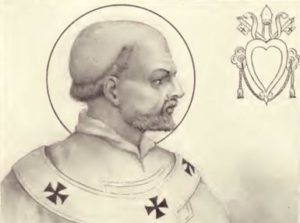
He was appointed by a Goth king and later ratified by the Roman clergy. The Gothic ruler wanted to a loyal pope in Rome
Italy and Rome were once again reoccupied by the Emperor.
The empress Theodora pursued her goal of making Monophysitism the religion of Church and empire.
Empress Theodora sought to arrange Vigillius to be the next pope. This next pope would revoke St. Agapetus’s condemnation of the semi-Monophysite patriach and eventual rejection of the Council of Chalcedon
Silverius was accused by high treason, being appointed by a Goth King
Vigilius (537-555) 60th Pope
The empress Theodora sought to make an ally of him
The majority of the Roman clergy initially refused to recognize him
He reiterated his approval of the teachings of Ephesus and Chalcedon and the condemnation of the eastern patriarch
The emperor conceded to the pope certain aspects of the civil administration in Italy
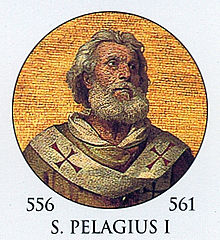
Pelagius I (556-561) 61st Pope
Rome was no a province of the Byzantine empire
He persuaded the emperor to condemn Origenism
He used his personal fortunes to relieve the starving city of Rome
His reputation was tarnished
He reorganized the Church’s estates
He organized tribunals to deal with clerical abuses that had grown over the years
John III (561-574) 62nd Pope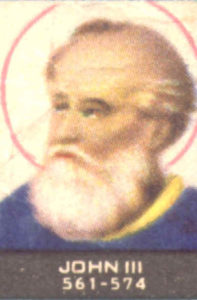
Like Pelagius, he helped the poor and renovated Italy
He saved Italy from the Lombard barbarians
He rallied all the Italians against the Lombards
Benedict I (575-579) 63rd Pope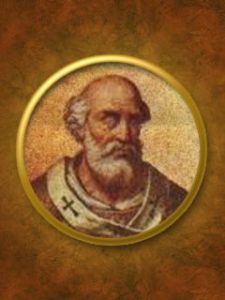
The Lombards had succeeded in isolating Rome
Famine appeared throughout Italy
He ordered selling and reassigning Church properties to bring relief to the starving
He tried to restore order in Italy and France
He confirmed the council of Constantinople
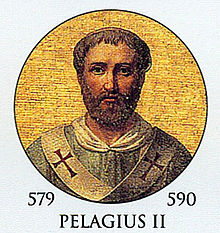
Pelagius II (579-590) 64th Pope
He was born at Rome of a Gothic father
He convinced the Lombards to cease from their siege of Rome
The empire was exhausted by constant wars and constant skirmishing
He looked to the west to the kingdom of the Franks.
The Franks successfully held off the Lombards. The Lombards bribed the Franks to go home
Plague swept Rome
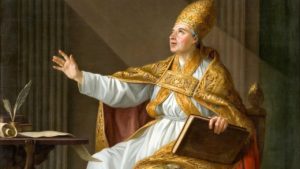
St. Gregory I (590-604) 65th Pope
He bought and freed some slaves
He kept open table for the poor.
He codified the Roman canon of the Mass(called the Eucharist prayer I) into its present form
He regulated the chants to be used in the liturgy. (Gregorian chants)
He wrote many sermons, commentaries, and letters
He fought against Arianism, paganism, simony, Manichaenism, and Donatism
He was able to begin the conversion of the Lombards
He reaffirmed the civil authority of the pope
